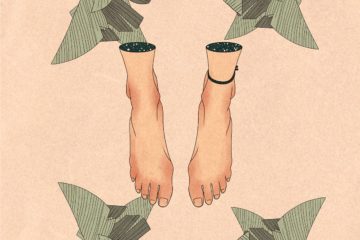Policy Alternatives for Improving Labor Rights of Women: A Holistic Response to Wollstonecraft Dilemma
Journal of Korean Women’s Studies. Lee Joo-Hee (2012)
This article reviews employment policies for women since Asian financial crisis of 1997 through the lens of the ‘Wollstonecraft dilemma’. Almost all governments since the financial crisis in Korea have made employment policies for women, but their impacts were minimal and in some cases, even negative, due to the patriarchal assumption that women are ‘different’ from men. In addition, these policies were mostly focused on producing short-term, part-time, and low-paid jobs in the social service sector, without paying much attention to discriminatory practices in the labor market. This study recommends a citizen worker/carer model that can achieve both work-life balance and equal opportunities at work, by guaranteeing an equal division of paid and unpaid work between men and women. At the same time, a new and more flexible Standard Employment Relationship(SER) should be restored. The new SER can provide basic welfare and security of regular work as well as flexible working hours and opportunities for lifelong learning and training. In the mean time, a basic income, unconditional payments to individuals based on citizenship, can empower women to make genuine choice to be primary caregivers or to be employed. A basic income can also allow men to have freedom to choose between caring and paid employment.
What happens at the valley of transition?: A gender equality approach to women’s employment and fertility
Journal of Korean Women’s Studies. Kim Young-mi and Kye Bong-oh (2015)
The gender equality approach to fertility argues for a U-shaped relationship between the fertility rate and gender egalitarianism, that the low fertility is a temporal phenomenon during the period of transition from a once-stable family equilibrium based on the traditional gender division of labor to a new gender egalitarian equilibrium of family life. According to this perspective, it is those societies where gender egalitarianism is diffused to a limited degree that the fertility is the lowest, namely East Asian countries and Southern/Eastern European countries. What is the most important socioeconomic condition that leads to the lowest-low fertility in the transitional societies? We focus on the labor market condition of the low fertility countries in that it constrains the realization of the life style preference of women, and argue that the extent to which women’s life style preference is realized is closely related with the degree of gender egalitarianism in the labor market. Using ISSP 2012 Family and changing gender roles module, this study examines the relationship among fertility, gender gap in the labor market, and the preference realization, a variable constructed with gender role attitudes and economic participation. The result shows that the preference realization shows a significant cross-national variation, highest in Sweden and lowest in East Asian countries and Eastern European countries. More gender egalitarian countries show greater preference realization. The degree of preference realization is positively related with fertility.


